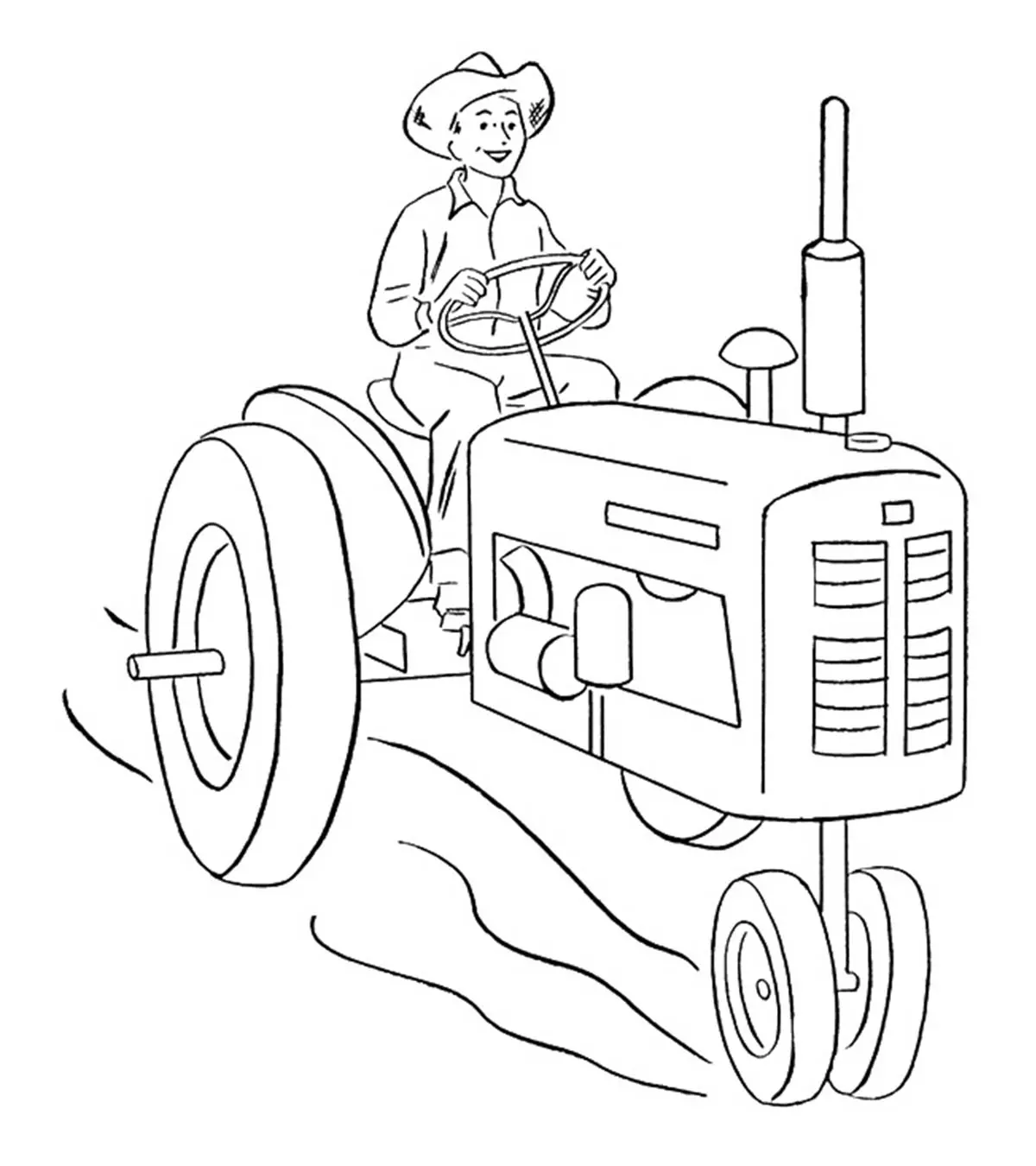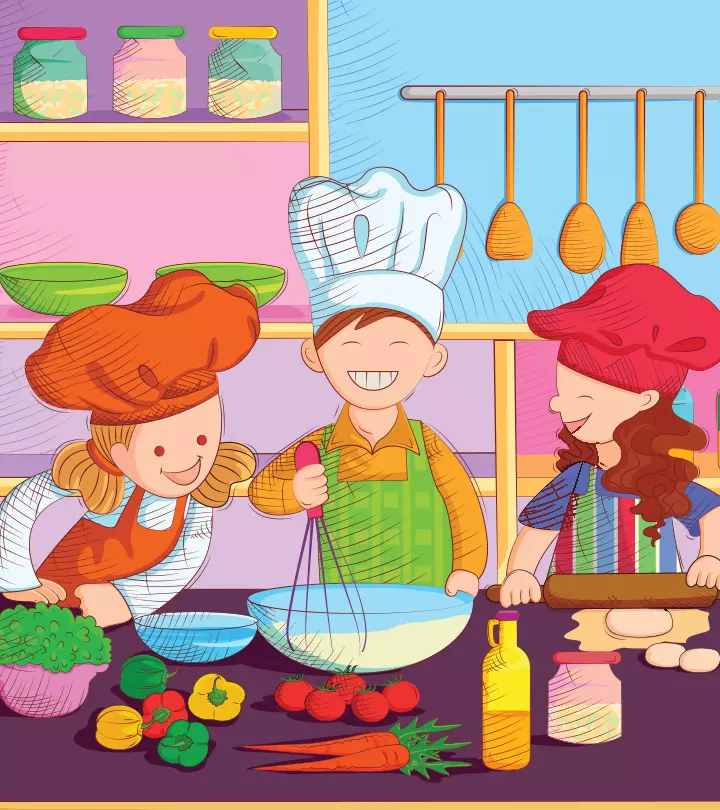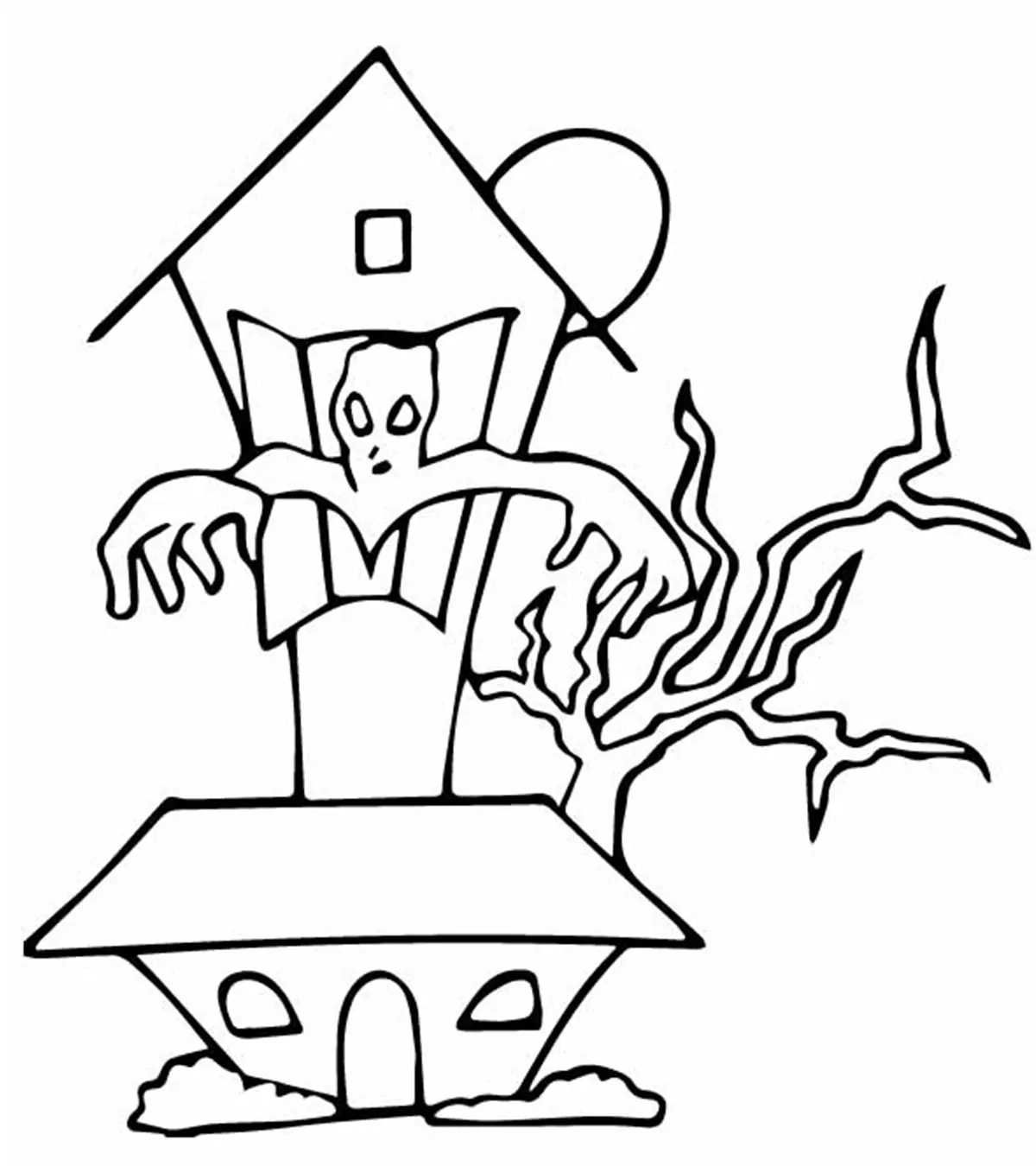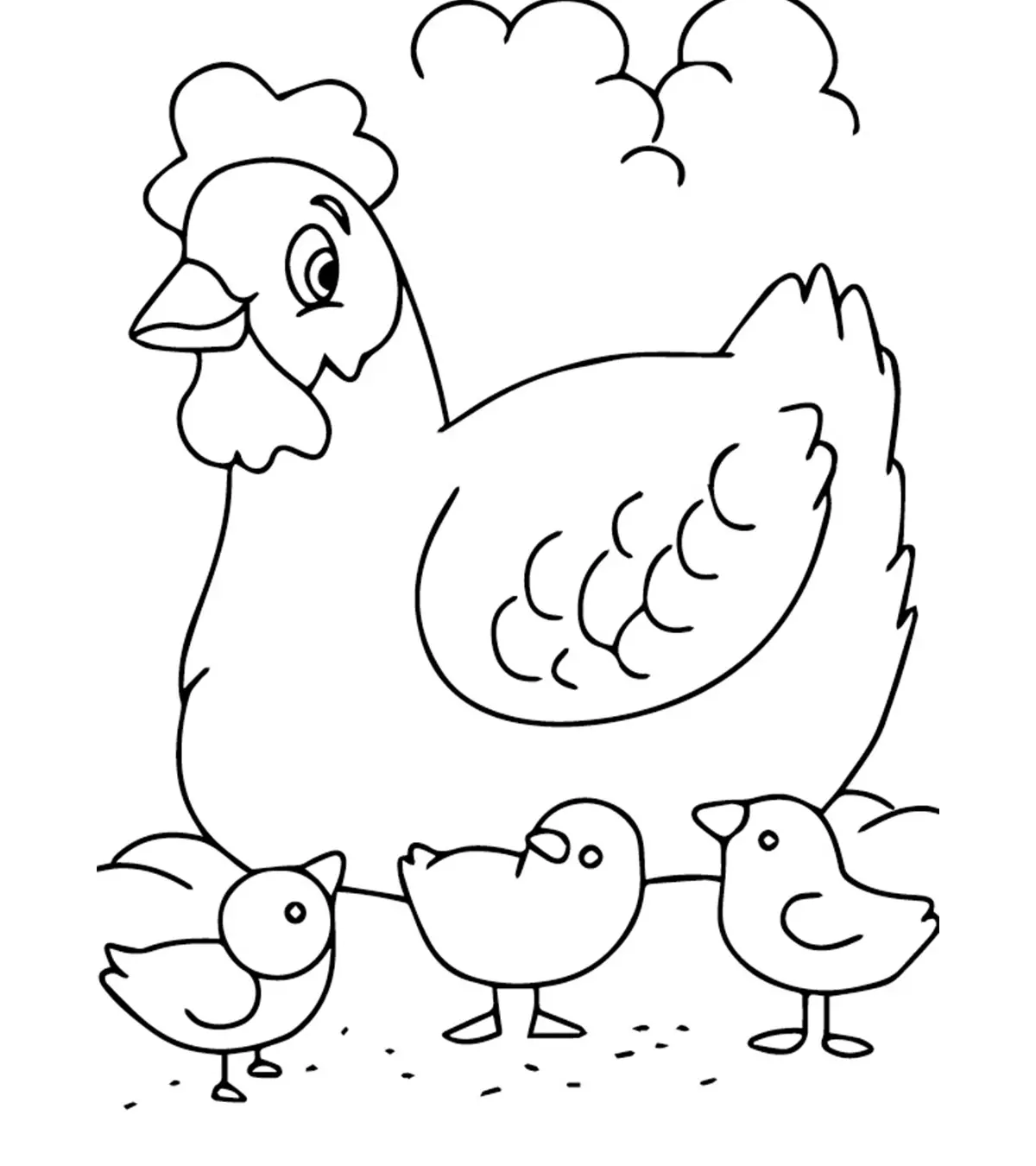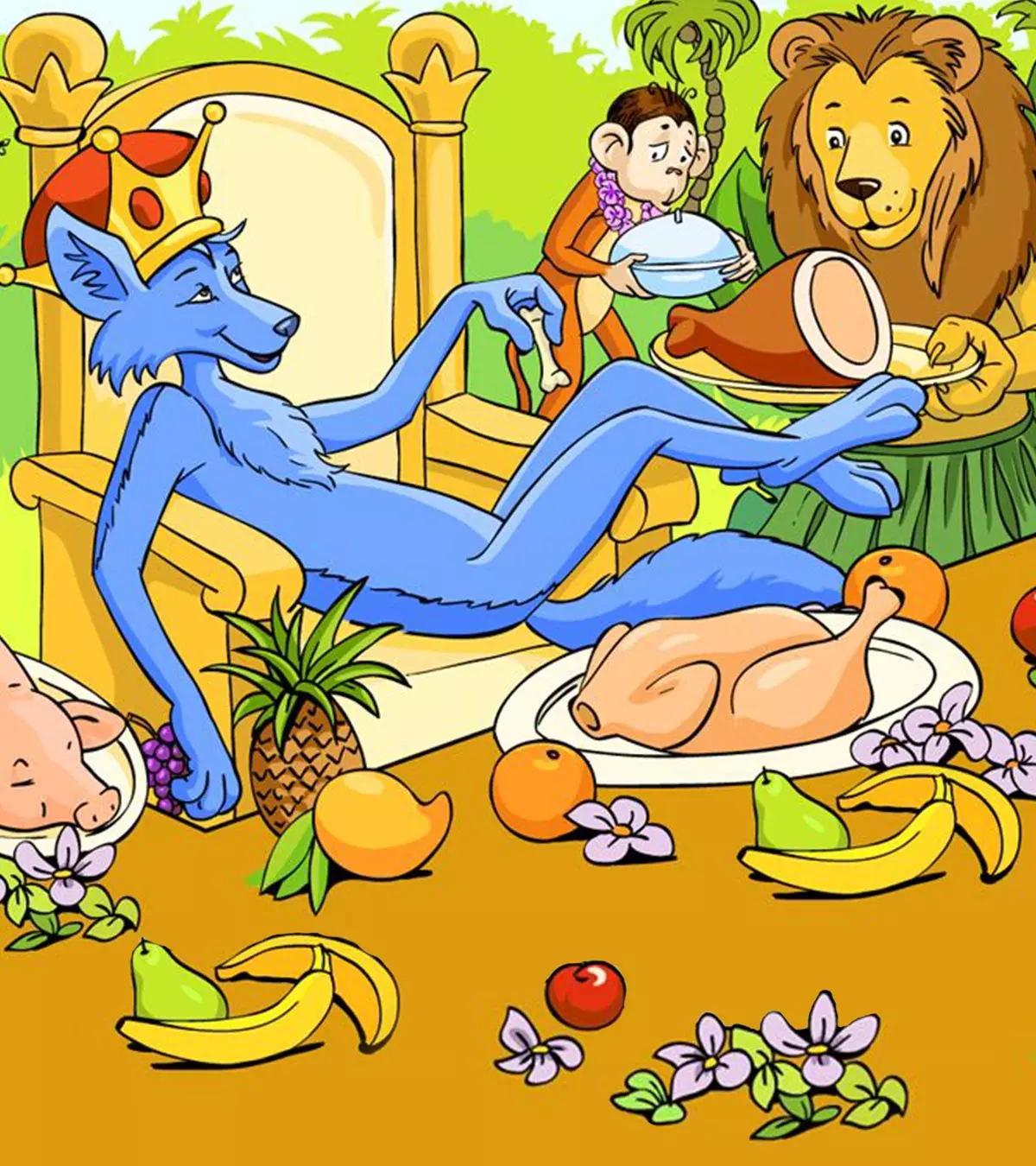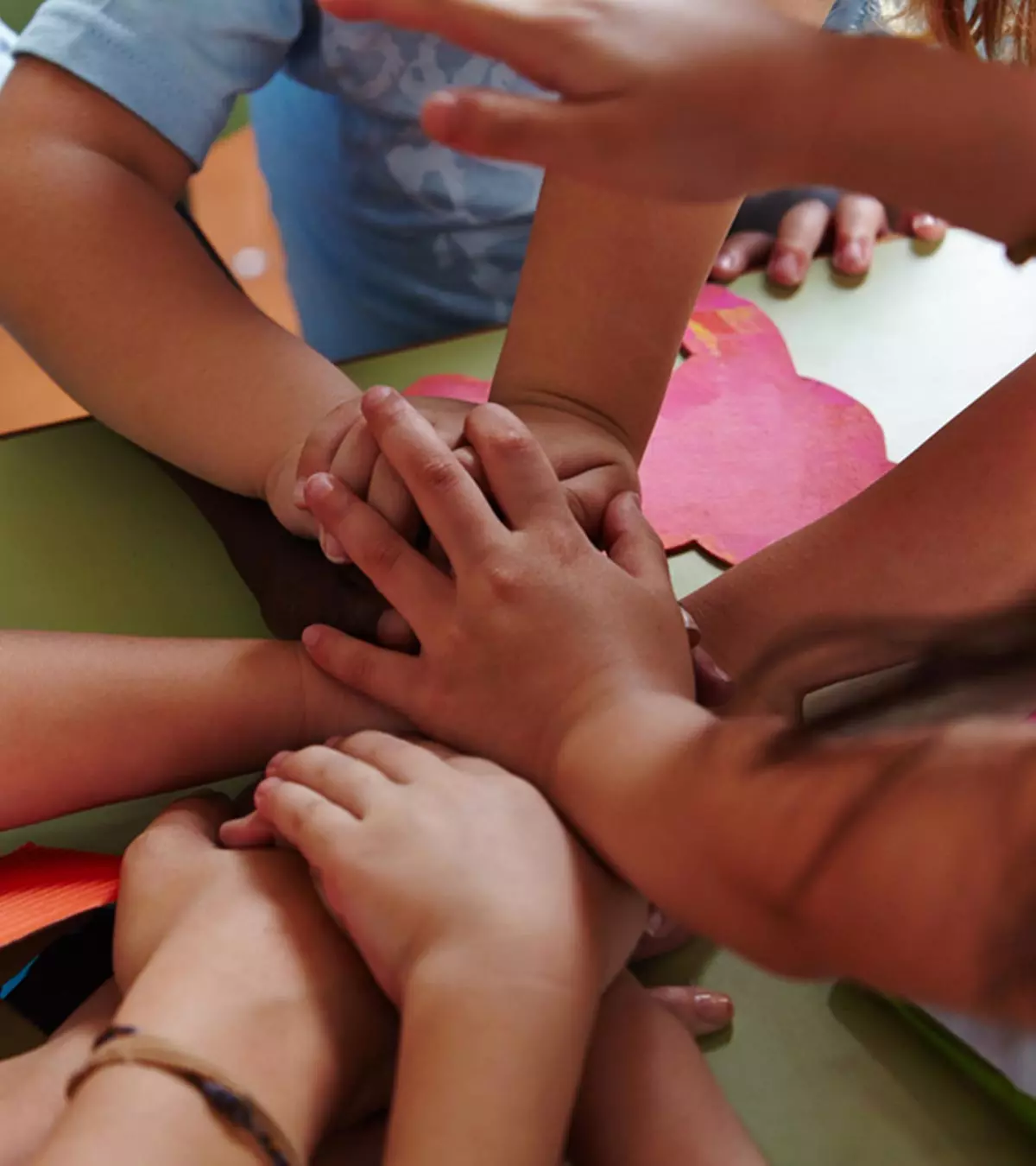
Image: Shutterstock
Toys aren’t always accessible. In such times, indulging in some hand games with your child can be fun and joyous. There are several different hand games for kids that you can try; all you need is to find a hand game that’s suitable for your child’s age.
Hand games are simple, engaging, and entertaining. What’s best, your child can play these games anywhere without any accessory items or props. Read this post to learn some interesting hand games you can teach your child to play with siblings, friends, and family members.
Key Pointers
- When toys or cartoons seem to bore them, “The Finger Trick” or “The Shadow Puppets” may be entertaining.
- The game of “Rock, Papers and Scissors” always comes to the rescue when you want to pass the time.
- Hand games can also be educational. For example, try the “Odd or Even” and “Multiplication” games.
16 Hand Games For Kids
Hand games for kids are a creative and budget-friendly way to develop their cognitive, motor, and social skills simultaneously. Check out some of the most popular hand games below and teach a couple of them to your kids and their friends.
1. Thumb wrestling

Thumb wrestling is a classic game that can be played anywhere and at any time. In this game, you have to use your thumb to pin down your opponent’s thumb for three seconds.
How to play:
- Curl your fingers and lock the opposite hand of your friend’s. Start the game by saying, “1, 2, 3, 4, I declare a thumb war.”
- Start wrestling with your thumbs immediately.
- The player who pins their opponent’s thumb and says, “1, 2, 3, 4, I won the thumb war,” is the winner. During this time, the thumb must be pinned down. If the opponent manages to free their thumb, the war starts again.
2. Shadow puppets
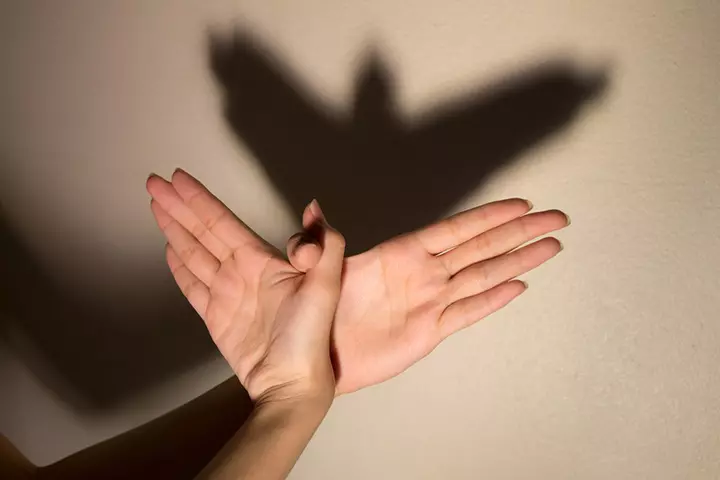
Shadow puppets can be played at night in a dark room with a single light source like a torch. The shadow can be cast on a blank wall. They can get creative making different shapes with props, too.
How to play:
- Switch off all the lights in the room and sit before a blank wall with a lit torch.
- Adjust the torchlight so that a sharp shadow of your hand falls on the wall.
- Practice animal and bird shapes. You can then progress on to making imaginary stories around them.
3. The finger trick

Teach your child a cool and easy magic trick. You don’t need anything for this but should perform it right. Once they know, they will try to do the same and impress everyone around.
How to play:
- Fold the thumb of your right hand beneath the index finger and middle finger in such a way that the knuckle is hidden, but the thumbnail is visible.
- Straighten all the fingers of your left hand except the index finger.
- Keep the left index finger folded in at the middle knuckle.
- Bring the two hands together with the folded thumb in line and the folded index finger.
- It must look as if your index finger is under the right hand’s fingers.
- Slowly move away the hands (you can add a magical chant if you wish). It will look as if you have dismembered your left index finger. Add a wriggle at the end for an enhanced magical effect.
4. Hand stacking
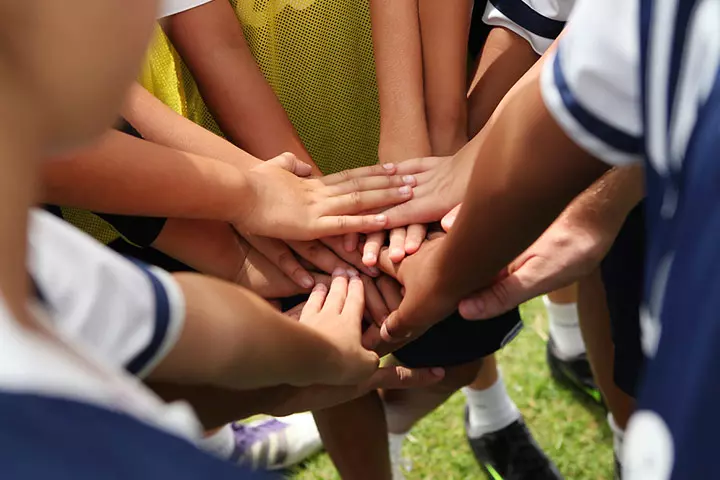
If you find a group of children turning boisterous, teach this game to calm them down. It is an easy-to-play game to engage them and let them have fun.
How to play:
- Take turns in stacking hands on top of one another higher and higher.
- When everyone has stacked their right hands, they can do the same with their left hands.
- When all the hands are stacked, the lowermost hand goes to the top.
- The same stacking should be continued until you reach the top.
5. Fist stacking
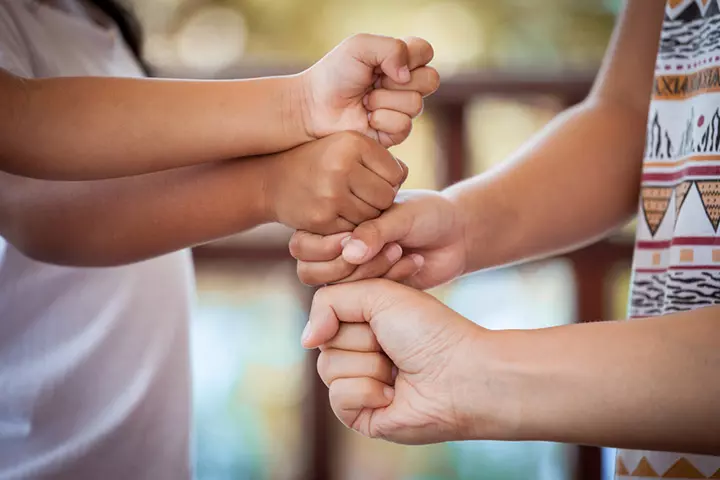
The game is similar to hand stacking. Instead of your open hand, you need to use a fist and keep stacking one on another.
How to play:
- The first player makes a fist and starts the game.
- The next player puts their fist on the first one, and the stacking continues.
- You can put both fists alternating with other players or finish stacking right fists and then start with the next.
- When everyone is done, the lowermost fist goes to the top, and so on until you reach the top.
6. Finger counting

It is a hand game that can help you teach children basic math tricks for kids. You can play this game with two or more children.
How to play:
- Start by holding out one finger from each hand.
- The players take turns to tap the other players’ hands.
- The number of fingers on your hand is the number the other player must put out. For example, if you have tapped your opponent with two fingers and they already have one out, they will put out a total of three fingers.
- If there are more than five fingers after being tapped, put out the number of fingers over five.
- If you have exactly five fingers out in one hand, that hand is out.
- The player to get both their opponent’s hands out is the winner.
7. Rock, paper, and scissors
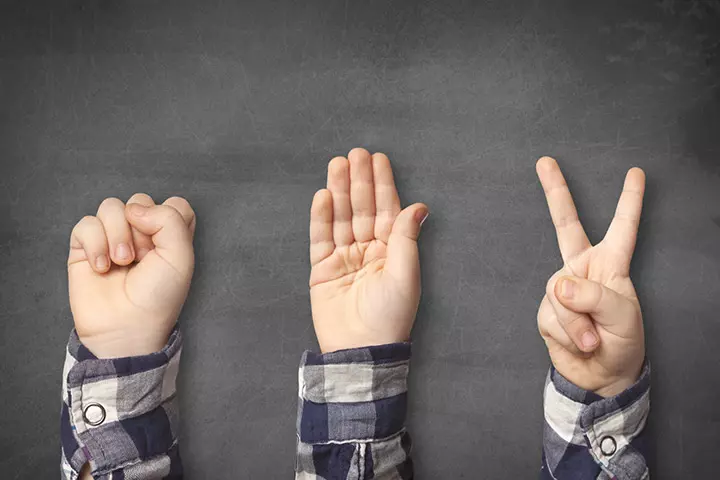
Rock, paper, scissors is one of the most popular hand games for kids. The hand games list is not complete without mentioning this fun game.
How to play:
- There are three hand symbols in this game—a fisted hand is called rock, an open hand is called paper, and putting the first two fingers out in a V-shape is called scissors.
- Players have to stand facing each other and say something from rock, paper, or scissors while shaking their fisted hands.
- If they say ‘scissors,’ they are supposed to put out two fingers.
- You should know that rock is superior to scissors, paper is superior to rock, and scissors is superior to paper.
- If one player makes a rock sign and another makes a scissors sign, the one with the rock wins. If one makes a paper and another makes scissors, the one with scissors wins, and the game continues. The reason is rock can hit and break scissors,
- paper can wrap the rock, and scissors can cut paper.
- If all players make the same symbol, try again.
- Two or more players can play the game. It is more about anticipating what your opponent might choose and try to outwit them.
 Did you know?
Did you know?8. High five
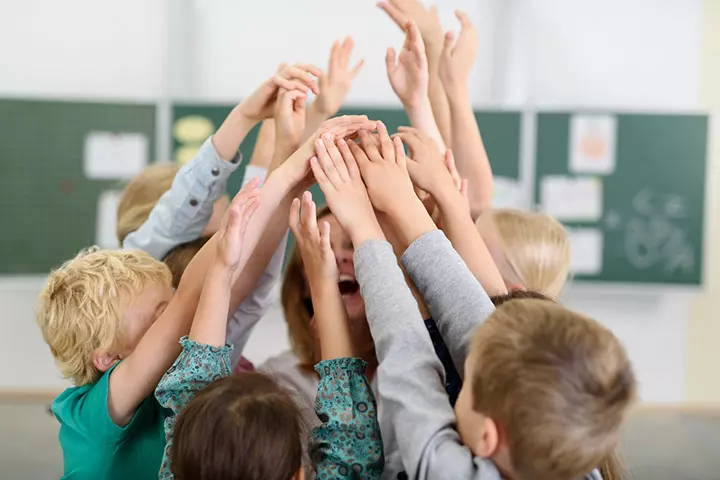
When one person raises their hand a bit over their head, and another person reaches out and claps it, it is called a high five. People usually give high fives when they have successfully achieved something. You can make it a hand clapping game for kids and let them enjoy it.
How to play:
- One player (usually the parent) holds out a hand with the palm facing outward.
- Children have to clap that hand.
- The first player can move their hand anywhere, and the other player has to reach out to high-five it. Try moving your hand to out-of-reach for more laughs.
- You can also randomly put out both hands for clapping and call it high ten.
9. Finger spelling

If your toddler is learning the alphabet and numbers, finger spelling can be a good game. You can play this game with older children as well. They can not only have a good time but also improve their learning skills.
How to play:
- One player has to close their eyes and hold out the hand with the palm facing upwards.
- The other player has to trace a letter or a number on the palm of the first player.
- Using their sense of touch, the player must guess the traced letter. For older children, you can trace words too.
10. Hand slaps

It is a two-player hand game for children and is quite entertaining. However, it can be played with more players too. It needs concentration and quick reflexes.
How to play:
- Two players need to stand facing each other.
- One player keeps their hands in front of them, palms facing upward.
- The other player holds their hands from above.
- The first player will try to slap the back of the other player’s hands.
- The second player should quickly move the hand so that it doesn’t get slapped. If they are indecisive or their hand gets slapped, they can exchange places.
11. Majority wins

The game can be played when there are three or more children. It is similar to the hand stacking game, and children of any age can enjoy playing.
How to play:
- Stand in a circle, stretch out your hands and place them one on top of another.
- Call out ‘majority wins,’ and pull out your hands to keep them in palm-up or palm-down position.
- The majority of palms facing in one direction wins. For example, in a group of six children, if four children’s palms are facing upwards and two children’s palms are facing downwards, the palms-down position group are considered the minority, and the children who assumed that position are out.
12. Multiplication game
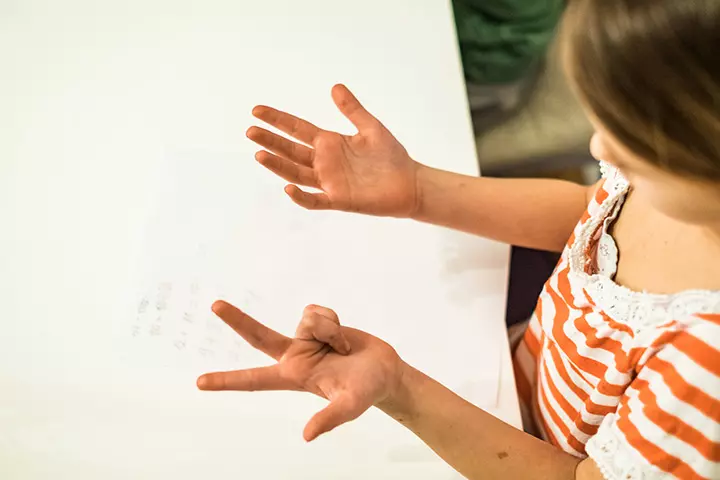
If your children are interested in mathematics and are quick at grasping concepts, they can enjoy playing the multiplication game. Two or more players can play this brain game for kids.
How to play:
- You can play this game like you play rock, paper, and scissors.
- Each player should hold out fingers from zero to ten.
- The two players have to multiply the numbers on both hands as fast as possible and shout out the answer. For example, if one player has put out three fingers and the other has shown four fingers, they have to shout 12 as quickly as possible.
- For younger children who haven’t mastered multiplication, you can play addition or subtraction games too.
13. Concentration
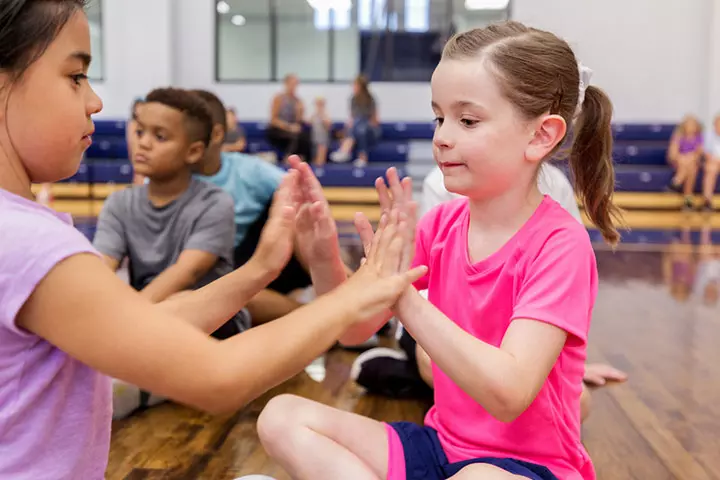
The hand game is helpful to improve the concentration levels of your children. It follows a particular rhythm, and if your child doesn’t concentrate, they will lose.
How to play:
- Two or more players have to sit in a circle and start the rhythm.
- First slap the knees, then clap your hands in a rhythm. You could also add snapping of fingers.
- The leader chooses a category for the game. It could be anything – animals, names, pet names, food, or places.
- Each player has to say a word related to that category when their turn comes. It has to be done without losing the rhythm of the game.
- If a player cannot say a related word before the rhythm passes or repeat a word, they are out of the game.
- The last player who remains will be the winner.
14. Odd or even

It is a quick game often played to decide who gets a turn, quite similar to tossing a coin. Two or more children can play it.
How to play:
- Each player hides one hand behind their back.
- They choose to put out one (odd) finger or two (even) fingers.
- One player calls odd or even and has to say, “1, 2, 3.. shoot!”
 Quick tip
Quick tip15. Disappearing objects

Young children are usually interested in playing the game. You would need something small to hold in your hand. It is a good way to pass the time on a long drive.
How to play:
- Hold any small object in your fist. It could be coins, marbles, or a piece of paper.
- Put your hands behind your back and conceal it in one hand. The other hand will be empty.
- Make fists of both hands and bring to the front.
- Your child should guess the hand in which the object is.
16. Addition game

Addition games are an interactive and fun way for children to practice basic math skills. These games combine physical activity with mental arithmetic, making learning more enjoyable.
How to Play:
- Two players face each other with their hands behind their backs.
- One player presents a certain number of fingers, and the other must quickly show fingers that add up to a predetermined total.
- For example, if the total is ten and one player shows three fingers, the other must quickly show seven.
- Players take turns initiating the count.
- You can set different difficulty levels by changing the total number to add up.
- The first player to correctly show the required number of fingers wins the round.
Frequently Asked Questions
1. Is clapping a fine motor skill?
Yes, clapping hands is one of the fine motor skills that children begin to develop at around nine months (1). Children usually clap their hands while singing songs or playing games.
2. What are the benefits of hand games?
Apart from aiding in developing motor skills, control, and coordination, hand games involving hand clapping could enhance blood circulation and improve children’s writing and cognitive skills (2). Hand games are also helpful in developing cognitive and motor skills, enhancing creativity, and improving social skills as they play and interact with others. These games also boost their concentration, memory, and sense of rhythm.
3. What age group is most suitable for playing hand games?
Children above two years of age can play hand games. Hand games are suitable right up to teenage children. While younger children can play simpler games, older children can play more complex games.
4. How can parents encourage their children to play hand games?
Parents can sit down with children and play these games with them. They can also reserve a slot where toys are not accessible and the child has to entertain themselves with the resources they have.
5. What are some safety tips for playing hand games with kids?
Do not be too rough while playing hand games like thumb wrestling and high-five. Teach children to be gentle when multiple children are playing a hand game. For any type of hand game that requires contact, ensure the children wash their hands before the game starts.
6. What hand games require no props or equipment?
Rock, Paper, Scissors, Shadow Puppets, Hand Stacking, Fist Stacking, and Finger Counting are some hand games that do not require any props or equipment.
7. What are some cultural variations of hand games?
Besides the common hand games, some unique variations are found in some parts of the world. For example, Morra is an ancient hand game from ancient Rome and Greece and is still popular in Italy and parts of Eastern Europe. Meanwhile, in ancient Japan, Sansukumi-ken was a hand-gesture game that eventually arrived the West in the 20th century as rock paper scissors.
Hand games for kids not only let you have a good time with your child, but they also help you teach them important things like control over muscles and improvement in motor skills. For example, you can teach your child to make shadow puppets or engage them in interesting finger games. Educative games such as finger counting or multiplication games can help your children improve their math skills. These social/emotional activities for toddlers also improve children’s communication skills and help them play in a group. Have a fun time with your child while playing these games and teach them lessons that will go a long way in their lives.
Infographic: Popular Games For Children Using Their Hands Only
There are many options for indoor and outdoor games and activities, but what if the space is too constricted and you do not have props to let your children play? We bring you some exciting games that need just the children’s hands and no extra space. These games can be included in parties too! Illustration: Momjunction Design Team

Illustration: Best Hand Games For Kids (Other Than Hand Clapping)
_illustration.jpg.webp)
Image: Dall·E/MomJunction Design Team
Sing along to classic nursery rhymes with Miss Mary Mack, Lemonade, and Double Double This This! Enjoy the catchy tunes and hand claps in HD with lyrics!
References
- Developmental Milestones: Fine Motor Skills and Visual Motor Skills
https://www.choc.org/userfiles/file/Rehab-Developmental%20Milestones%20final.pdf - Warren Brodsky and Idit Sulkin; (2011); Hand Clapping songs: A spontaneous platform for child development among 5-10-year-old children.
https://www.researchgate.net/publication/233193053_Handclapping_songs_A_spontaneous_platform_for_child_development_among_5-10-year-old_children
Community Experiences
Join the conversation and become a part of our nurturing community! Share your stories, experiences, and insights to connect with fellow parents.
Read full bio of Kristen Miller
Read full bio of Nisha Bharatan
Read full bio of Harshita Makvana
Read full bio of Trisha Chakraborty











